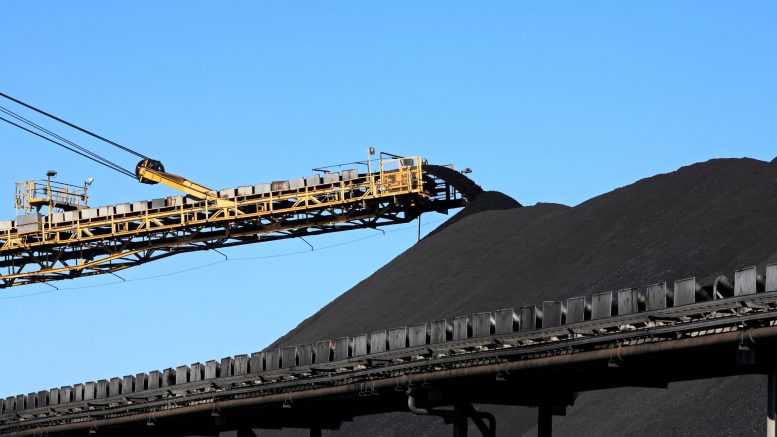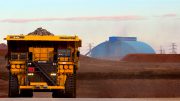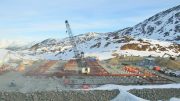In the past month the U.K. has celebrated two memorable anniversaries. We have marked the founding of the National Health Service (NHS) 75 years ago, and also our 650-year unbroken alliance with Portugal. Unfortunately, coming up, there is also a 50th anniversary of the death (on July 30, 1973) of 18 miners in a shaft accident at Markham Vale colliery in South Wales.
Founded on July 5, 1948, the NHS probably needs no introduction, but many North American readers might be new to the Treaty of Peace, Friendship and Alliance that was signed at Saint Paul’s Cathedral in London on June 16, 1373. This formal diplomatic alliance (which followed the Treaty of Tagilde between the two nations one year earlier) is the longest-lasting such treaty in the world. The friendship between our two countries actually dates back to 1147 when English crusaders helped King Alfonso capture Lisbon from the Moors.
These two recent anniversaries are reason for celebration but other anniversaries are poignant, especially those of calamitous mining accidents. Through its long history, mining in the U.K. has been bedevilled by such incidents, and no-where more so than the South Wales Coalfield.
Coal production in Great Britain (i.e. England, Scotland and Wales) peaked at 290 million tonnes in 1913 (when this small island accounted for 25% of world coal production) with 1.25 million miners working at more than 1,300 collieries. Although the South Wales Coalfield contributed less than 20% of this total production (employing 250,000 men and boys), the region regularly accounted for 30-50% of British coal-mining fatalities.
The first accident to kill more than 100 British miners happened at a Welsh colliery on July 15, 1856. The gas explosion at Cymmer in the Rhondda Valley was caused by defective ventilation and killed 114 miners. This explosion was followed over the next 50 years by nine other accidents in South Wales that killed more than 100 miners. These ten disasters alone killed a total of 1,620 men and boys. This catalogue of major accidents was followed, in October 1913, by the U.K.’s worst accident when 439 miners died in an explosion at the Senghenydd mine near Cardiff. (Europe’s worst mining accident was in 1906 when 1,099 miners died in a coal-dust explosion at the Courrières mine in northern France.)
Fortunately, we are told that “The past is another country.” Let’s hope that Leslie Hartley (1895-1972) was correct when he wrote (70 years ago in ‘The Go-Between’) that “they do things differently there.” Safety standards and awareness of risk are certainly much higher now, although the widespread public perception of our industry remains that it is outdated, physical and dangerous.
As a generalization, the public is unaware of mining’s importance and attributes. Nevertheless, everyone can agree, surely, that the industry is in a much better place now than it was at the time of the Markham Vale tragedy 50 years ago (when, incidentally, I had recently started my mining degree in Cardiff). But how far have we come? Where, and what, is the mining industry now?
Let’s pretend that our industry is being interviewed by the public, who are seeking to understand mining’s attributes. They might ask that popular employer question; “can you describe yourself in just three words?”
This request is not to be confused with the location-finding ‘what3words.’ Celebrating its 10th anniversary this month, the London-based What3words Limited uses combinations of three unrelated words from the dictionary to divide the earth into 57 trillion (57 x 1012) unique three-metre square blocks. As precise as any GPS algorithm, and much easier to remember, ‘what3words’ is now used by millions of people and organizations in almost every country.
Unlike the random words used by ‘what3words,’ interviewers are usually looking for adjectives that will enable them to ‘place’ you, rather than a location. Strong adjectives are advisable to describe yourself (i.e. words that are used instead of the lazy combination of ‘very’ and a normal adjective). Such adjectives are more expressive and can still be used with adverbs like ‘really’ or ‘absolutely’. Ever popular ‘interview adjectives’ include determined, practical and assertive, all of which signal strength.
How should the mining industry describe itself when put on the spot? Its choices might include focused, innovative, resourceful, adventurous or scientific.
Be honest but choose your describing words carefully, the mining industry might not get invited back!
Dr. Chris Hinde is a mining engineer and the director of Pick and Pen Ltd., a U.K.-based consulting firm. He previously worked for S&P Global Market Intelligence’s Metals and Mining division.






Be the first to comment on "The view from England: Mining in just three words"